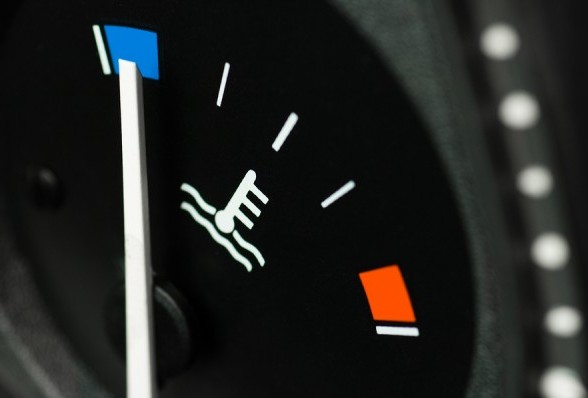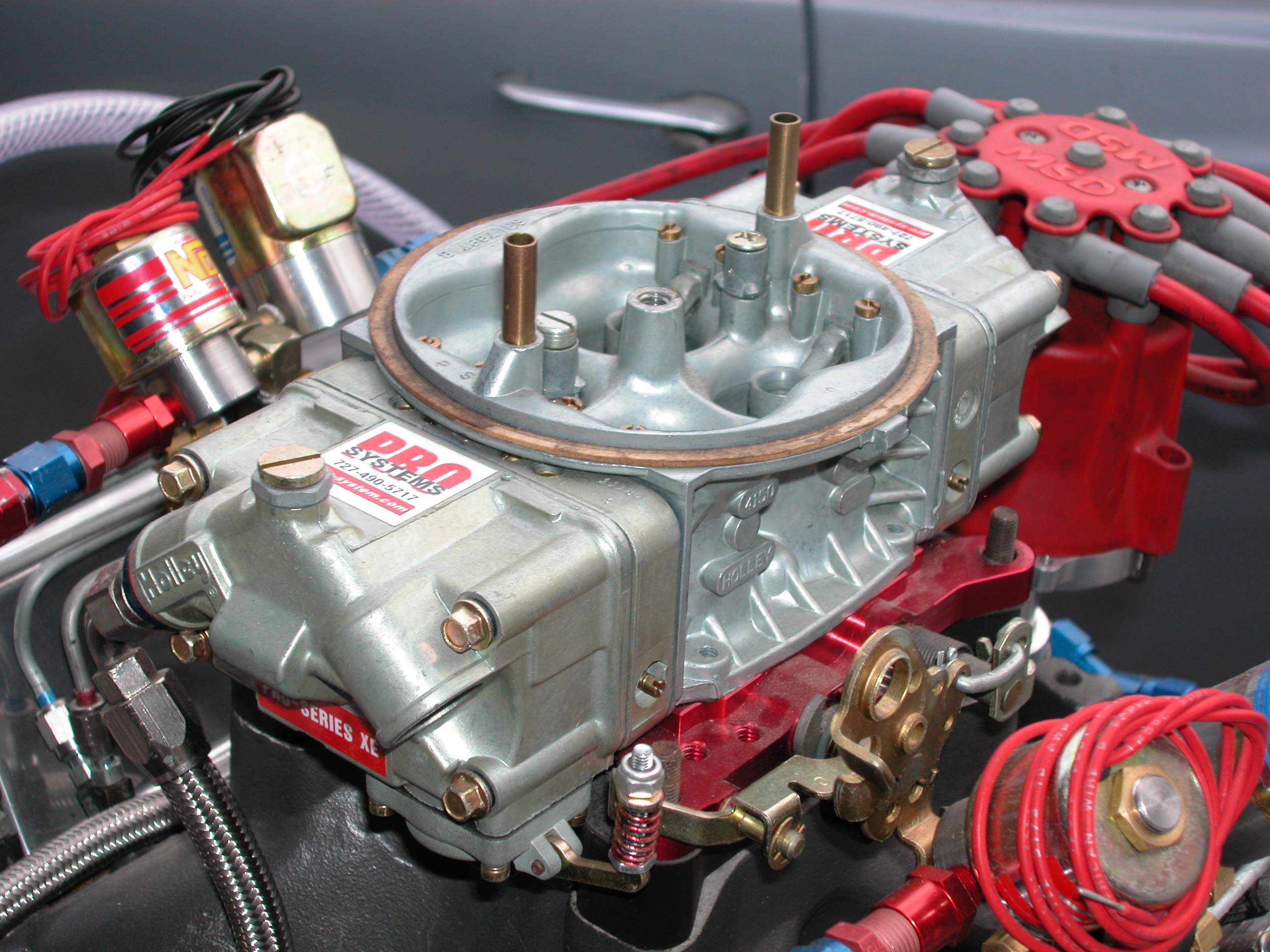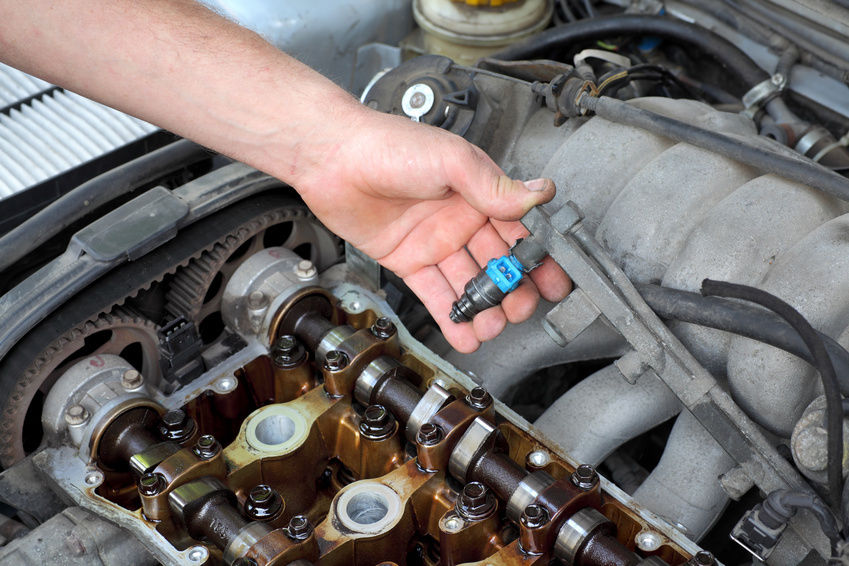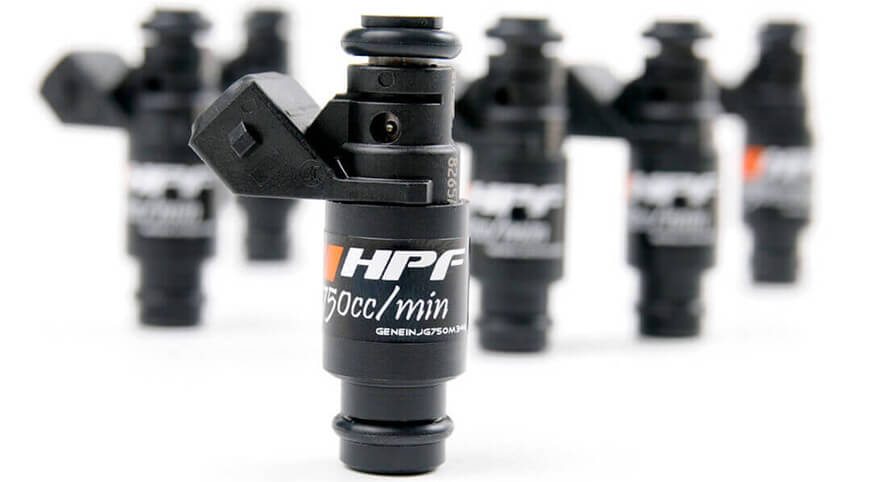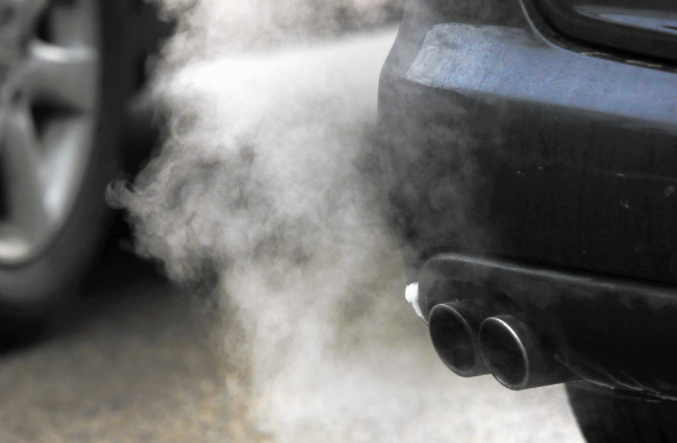Should You Warm Up Your Car Before Driving It?
A common school of thought when it comes to driving.
It's a vital piece of advice that every driver has heard before - always, ALWAYS warm up your car before driving.
But how true is this practice and does it apply to modern day cars?
The truth is that nowadays there is no need whatsoever to warm your car’s engine before driving off, thanks to the fuel injection system. But before fuel injectors came into existence, carburetors were used.
From the invention of the automobile to the early 1990s, cars were regulated by a carburetor.
A carburetor is responsible for mixing gasoline and air together in just the right amounts and getting that mixture into the cylinders.
The throttle of a carburetor can open and close, allowing either more or less air to enter the engine or cylinder. This air moves through a narrow opening called a venturi. This creates the vacuum required to keep the engine running.
Fast forward to today, carburetors are now replaced with fuel injectors that consume less fuel and doesn't require warming up
This has been made possible largely through the global adoption of electronic fuel injection systems by car manufacturers, which are calibrated to provide a perfectly combustible mixture at all temperatures, and to provide normal throttle response at all times.
What this means is that modern-day fuel injection tech automatically adjusts distribution in whatever temperature you're in and common, thinner synthetic oils get your engine lubricated much quicker
Unlike carburetors, the fuel-injection system calibrates precisely how much fuel is required in a certain temperature. When your car engine is cold, the computer directs the fuel injectors to allow more fuel into the engine. As the engine warms, the injectors let in less fuel.
In fact, warming up your engine by idling it causes more harm to the engine and environment
Engines are most efficient when they operate in their optimum temperature range. Running an engine when it’s cold causes increased emissions of carbon dioxide and engine wear. Remember that idling the engine doesn’t put much heat into it, the car just remains cold for a long duration.
If you really need to warm up your car, especially when it's cold or raining outside, try driving off slowly (at residential neighbourhood speed) for a minute or two
This warms up your engine much faster than idling. As long as you don’t push the engine too hard in the first few minutes, you won’t stall the car.
Of course, this doesn't mean that you should step on it as soon as you get on the road. To avoid unnecessary wear, it's best to gain speed slowly and gradually.
When in doubt, remember to consult your mechanic. Stay safe on the road, guys!
